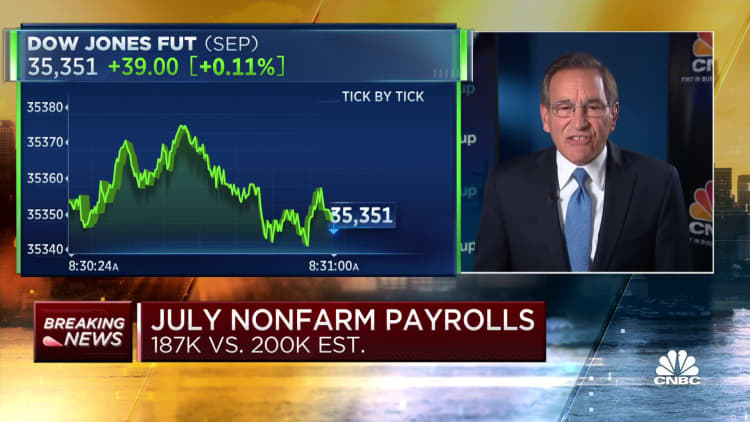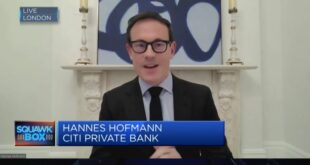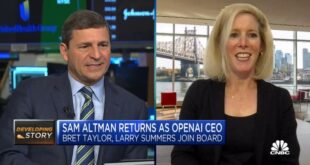
Job growth in July was less than expected, pointing to slower growth in the U.S. economy, the Labor Department reported Friday.
Nonfarm payrolls expanded by 187,000 for the month, slightly below the Dow Jones estimate for 200,000. Though the headline number was a miss, it actually represented a modest gain from the downwardly revised 185,000 in for June.
The unemployment rate was 3.5%, against a consensus estimate that the jobless level would hold steady at 3.6%.The rate is just above the lowest level since late 1969.
Average hourly earnings, a key figure as the Federal Reserve fights inflation, rose 0.4% for the month, good for a 4.4% annual pace. Both numbers were higher than the respective estimates for 0.3% and 4.2%.
Another important figure, the labor force participation rate held at 62.6%, the fifth straight month at that level. A more encompassing unemployment rate that includes discouraged workers and those holding part-time jobs for economic reasons fell to 6.7%, down 0.2 percentage point from June. The survey of households, which is used to calculate the unemployment rate, showed a more robust gain of 268,000.
Health care led job creation by industry, adding 63,000 jobs for the month. Other sectors contributing included social assistance (24,000), financial activities (19,000) and wholesale trade (18,000). The other services category contributed 20,000 to the total, which included 11,000 from personal and laundry services.
Leisure and hospitality, which has been a leading sector for most of the recovery in the Covid pandemic era, added just 17,000 jobs, consistent with a slowing trend after averaging gains of 67,000 a month in the first three months of 2023.
Previous months’ totals were revised lower — the June count dropped to185,000, a downward revision of 24,000, while May was cut to 281,000, down 25,000 from the previous estimate.
Even with the slowing job gains, the economy has proved resilient against a variety of challenges, particularly a series of 11 Federal Reserve interest rate hikes aimed at bringing down inflation.
Most Wall Street experts have been forecasting a recession at least for the past year, but growth has managed to stay positive as consumers keep spending and the services sector rebounds from its pandemic-related disruptions.
Gross domestic product gains have averaged 2.2% annualized for the first half of 2023, and the Atlanta Fed’s GDPNow tracker of growth is pointing to a 3.9% gain for the third quarter.
However, Fed officials including Chairman Jerome Powell have warned that the full effect of the rate increases has not been felt yet. Economists worry that the Fed could over-tighten and send the economy into recession.
Inflation data of late has been moving in the right direction. However, the Fed’s preferred gauge is still showing prices rising at a 4.1% annual rate, or more than double the central bank target.
Wages have been one component of the inflation picture. Average hourly earnings had been declining, though the annual figures are somewhat distorted by comparisons to a year ago when wages were surging.
A Labor Department gauge that the Fed follows closely showed compensation costs rising at a 4.5% 12-month rate through the second quarter. That level is not consistent with the Fed’s inflation target.
At the same time, recession fears on Wall Street appear to be ebbing. Goldman Sachs has been slowly reducing its probability for a contraction, and Bank of America this week said it now thinks the U.S. could avoid a recession completely.
This is breaking news. Please check back here for updates.
 EU News Digest Latest News & Updates
EU News Digest Latest News & Updates


